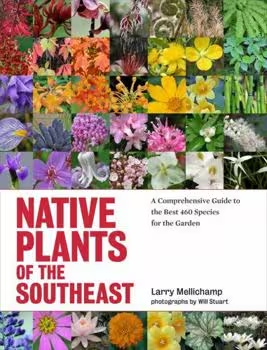Rauch and Weissich’s “Plants for Tropical Landscapes: A Gardener’s Guide” is a commendable, if somewhat encyclopedic, endeavor to encapsulate the vast array of plant life suitable for the verdant and often challenging environments of the tropics. It serves as a valuable resource for landscape professionals and serious gardeners, though its sheer breadth and occasional dryness may prove daunting for casual enthusiasts.
The book’s strength lies in its comprehensive coverage. Rauch and Weissich meticulously document a wide range of plant species, encompassing trees, shrubs, palms, flowering plants, and ground covers. Their descriptions are thorough, encompassing key morphological characteristics, cultivation requirements, and landscape uses. This level of detail is invaluable for those seeking to make informed plant selections for specific tropical environments.
The emphasis on adapting to tropical climates is another significant asset. The authors acknowledge the unique challenges presented by high temperatures, humidity, and rainfall patterns, offering practical advice on soil preparation, irrigation techniques, and pest and disease management. This regional focus ensures that the book’s recommendations are relevant and applicable to a wide range of tropical and subtropical settings.
However, the book’s encyclopedic nature also presents certain limitations. The sheer volume of information can be overwhelming at times, particularly for novice gardeners. The lack of a clear narrative or thematic structure can make it challenging to navigate the vast array of plant species and cultivation techniques.
Furthermore, the book’s focus on practical information occasionally comes at the expense of aesthetic considerations. While Rauch and Weissich provide valuable guidance on plant selection and cultivation, they offer limited insights into landscape design principles or the creation of visually compelling gardens. The emphasis on technical details over artistic vision diminishes the book’s value as a tool for creating truly inspiring tropical landscapes.
The book’s visual presentation is adequate but not exceptional. The photographs, while generally of good quality, often lack the contextual depth that would enhance the reader’s understanding of the plants and their landscape uses. The absence of detailed planting diagrams or landscape design examples further diminishes the book’s visual impact.
Rauch and Weissich’s writing style, while clear and informative, lacks the narrative flair that can transform a gardening guide into a captivating read. It is functional and practical, but it lacks the evocative language that would truly inspire and engage readers.
The book’s focus on breadth over depth also creates a limitation. While commendable, it occasionally results in oversimplification. Some topics, such as soil chemistry and pest management, are treated superficially, neglecting the complexities that experienced gardeners often encounter.
In conclusion, “Plants for Tropical Landscapes” is a valuable and comprehensive resource for those seeking a detailed understanding of plant selection and cultivation in tropical environments. Its meticulous documentation and practical advice make it an essential tool for landscape professionals and serious gardeners. However, its encyclopedic nature, limited aesthetic considerations, and underwhelming visual presentation prevent it from achieving its full potential. While it may not be a literary masterpiece, it is undoubtedly a useful and informative guide for navigating the verdant complexities of tropical landscapes.





Reviews
There are no reviews yet.